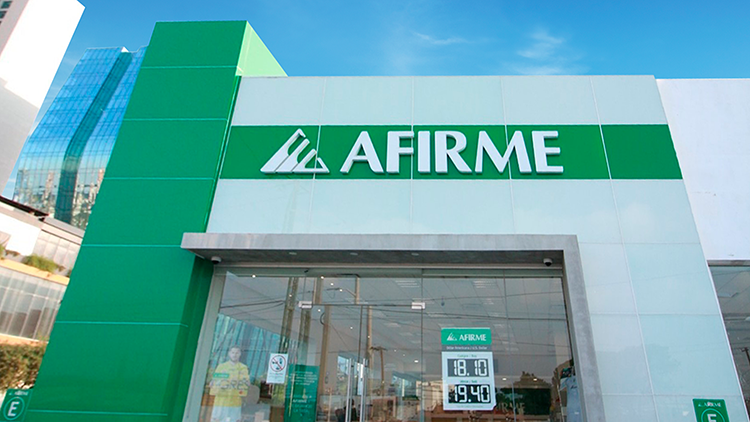According to a study conducted by Visa, 87% of global merchant executives see cross-border sales as their biggest potential growth area — and that was in 2019, before the COVID-19 pandemic forced shoppers online and ushered in the explosion of growth in cross-border purchases.
Today, simply offering cross-border payments is not enough for banks to stay competitive in the global marketplace. The early days of the pandemic are long gone, and businesses are now looking to optimize the new tools they implemented to account for changes in shopping behavior. This means they’re looking for a frictionless and fast cross-border payments solution.
Immediate cross-border payments (IXB) represent an opportunity for banks to modernize their operations, differentiate themselves, and grow their global market share. By implementing IXB solutions, banks can provide speed, transparency, and an improved customer experience to the businesses they serve around the world.
Understanding IXB
Global cross-border payments are changing in good ways and in bad ways. The number of correspondent banks willing to provide cross-border payments is shrinking, making it more difficult and more expensive to maintain cross-border payments through the traditional correspondent model. Additionally, the fees, unpredictable final settlements, and lack of transparency in the correspondent model are frustrating for businesses and consumers.
However, as the correspondent banking model of cross-border payments is falling out of favor, IXB is poised to take its place. IXB is an initiative jointly launched by ABE CLEARING SAS (“EBA CLEARING”) and The Clearing House (TCH) in liaison with SWIFT, to process cross-border payments denominated in EUR and USD. It provides a model of cross-border payments that utilizes a payment service or network in place of two correspondent banks to move payments across borders. A few different categories of networks and solutions provide IXB, and each of them enables banks to provide fast, frictionless cross-border payments to their customers.
IXB Creates Big Opportunities for European and American Businesses
For businesses trading internationally to the US and Europe, IXB presents a valuable opportunity.
Both the Americas and Europe are currently making moves to enable more frictionless payments between countries. For example, in the Americas, the United States-Mexico-Canada Agreement (USMCA) is attempting to boost the economies of all three countries by breaking down barriers to cross-border payments and allowing fintech firms to develop new solutions for cross-border transactions in these countries. Over 60% of US businesses currently have cross-border needs, and that is expected to grow by 2-5% annually, which presents a huge opportunity for banks offering IXB to secure new and growing clients in the US.
In Europe, while some schemes exist to enable cross-border payments, they do not cover the entire region and there are still significant gaps. Businesses trading to and from Europe will benefit from partnering with banks that can provide IXB as the region waits for further developments to better connect the various regions, countries, and currencies.
In addition, European countries are seeking legislation that forces all banks to become reachable and have the ability to send instant credit transfers. These legislations will enhance overall interoperability and strengthen the case for applying IXB on top.
Considerations for Implementing IXB
The most important considerations when implementing an IXB solution are your customers’ unique needs. While each IXB category and solution have benefits and drawbacks, ultimately the one that works for their clients is most important. The currency and regions their clients are transacting in, their receiving bank, and the value of the payments they are processing will all have an effect on which solution makes sense for any given bank.
A card network-based solution might make sense for banks working with major retailers in the US, Europe, or Asia, but it wouldn’t be as beneficial for clients who are primarily operating in emerging regions, where credit cards don’t have the same market penetration and aren’t used in those regions. Without a thorough knowledge of customers’ operations, banks risk investing in a solution only to find that their clients do not benefit and are stuck using the correspondent system.
There is no one right solution for every bank. Each one must understand what their clients’ operations require and what level of speed, transparency, and security they want in a bank.
For more on cross-border payments, stream our fireside chat with Danske Bank on the future of cross-border payments.







